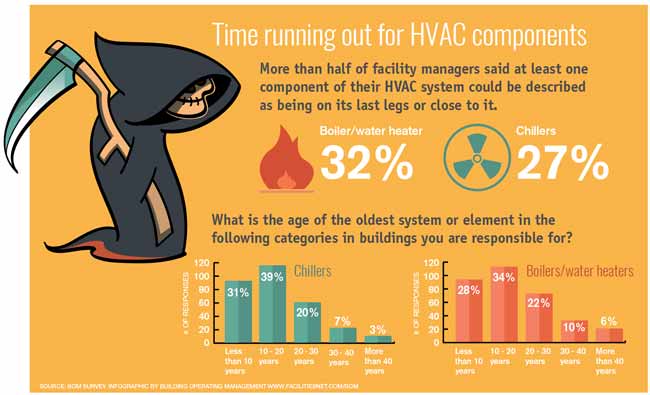The very best heat pumps can conserve you considerable amounts of cash on energy bills. They can additionally help reduce greenhouse gas emissions, especially if you utilize electrical power instead of fossil fuels like gas and heating oil or electric-resistance heating systems.
Heat pumps work significantly the like ac system do. This makes them a practical choice to conventional electric home heating unit.
How They Work
Heatpump cool down homes in the summer season and, with a little aid from electrical power or gas, they give several of your home's heating in the wintertime. They're a great alternative for individuals who intend to lower their use fossil fuels but aren't all set to change their existing heating system and a/c system.
They rely upon the physical reality that even in air that appears too cold, there's still energy present: warm air is always moving, and it wants to relocate into cooler, lower-pressure environments like your home.
Many power STAR licensed heatpump run at near their heating or cooling capacity throughout a lot of the year, lessening on/off biking and conserving power. For the very best efficiency, concentrate on systems with a high SEER and HSPF rating.
The Compressor
The heart of the heat pump is the compressor, which is additionally known as an air compressor. This mechanical flowing tool uses potential power from power production to increase the stress of a gas by minimizing its volume. It is different from a pump in that it only services gases and can't collaborate with liquids, as pumps do.
Atmospheric air gets in the compressor through an inlet valve. It travels around vane-mounted arms with self-adjusting length that split the inside of the compressor, creating several tooth cavities of varying size. The rotor's spin forces these dental caries to move in and out of stage with each other, compressing the air.
The compressor draws in the low-temperature, high-pressure cooling agent vapor from the evaporator and compresses it right into the warm, pressurized state of a gas. This process is repeated as needed to supply heating or cooling as called for. The compressor additionally has a desuperheater coil that reuses the waste warmth and adds superheat to the refrigerant, changing it from its liquid to vapor state.
The Evaporator
The evaporator in heatpump does the very same thing as it carries out in fridges and ac unit, transforming liquid refrigerant right into an aeriform vapor that gets rid of heat from the space. https://hartfordhealthcare.org/about-us/news-press/news-detail?articleid=27158&publicId=395 would certainly not function without this critical tool.
This part of the system lies inside your home or structure in an interior air handler, which can be either a ducted or ductless unit. It contains an evaporator coil and the compressor that compresses the low-pressure vapor from the evaporator to high pressure gas.
Heat pumps take in ambient heat from the air, and after that utilize electrical power to transfer that heat to a home or business in home heating setting. That makes them a whole lot extra power effective than electrical heating units or heating systems, and because they're making use of clean electricity from the grid (and not shedding fuel), they also produce far fewer exhausts. That's why heat pumps are such great environmental options. (In addition to a massive reason why they're ending up being so popular.).
mitsubishi heat pumps prices nz .
Heatpump are fantastic options for homes in cool environments, and you can utilize them in combination with standard duct-based systems and even go ductless. They're a fantastic alternate to nonrenewable fuel source heater or typical electric heating systems, and they're a lot more sustainable than oil, gas or nuclear heating and cooling equipment.
Your thermostat is the most vital part of your heat pump system, and it functions extremely differently than a standard thermostat. All mechanical thermostats (all non-electronic ones) work by using substances that alter size with increasing temperature, like curled bimetallic strips or the expanding wax in an auto radiator shutoff.
These strips contain 2 different sorts of metal, and they're bolted together to create a bridge that completes an electrical circuit connected to your heating and cooling system. As the strip obtains warmer, one side of the bridge increases faster than the various other, which creates it to bend and indicate that the heating system is needed. When the heat pump is in heating setting, the reversing valve reverses the circulation of refrigerant, to make sure that the outside coil currently functions as an evaporator and the indoor cylinder ends up being a condenser.
